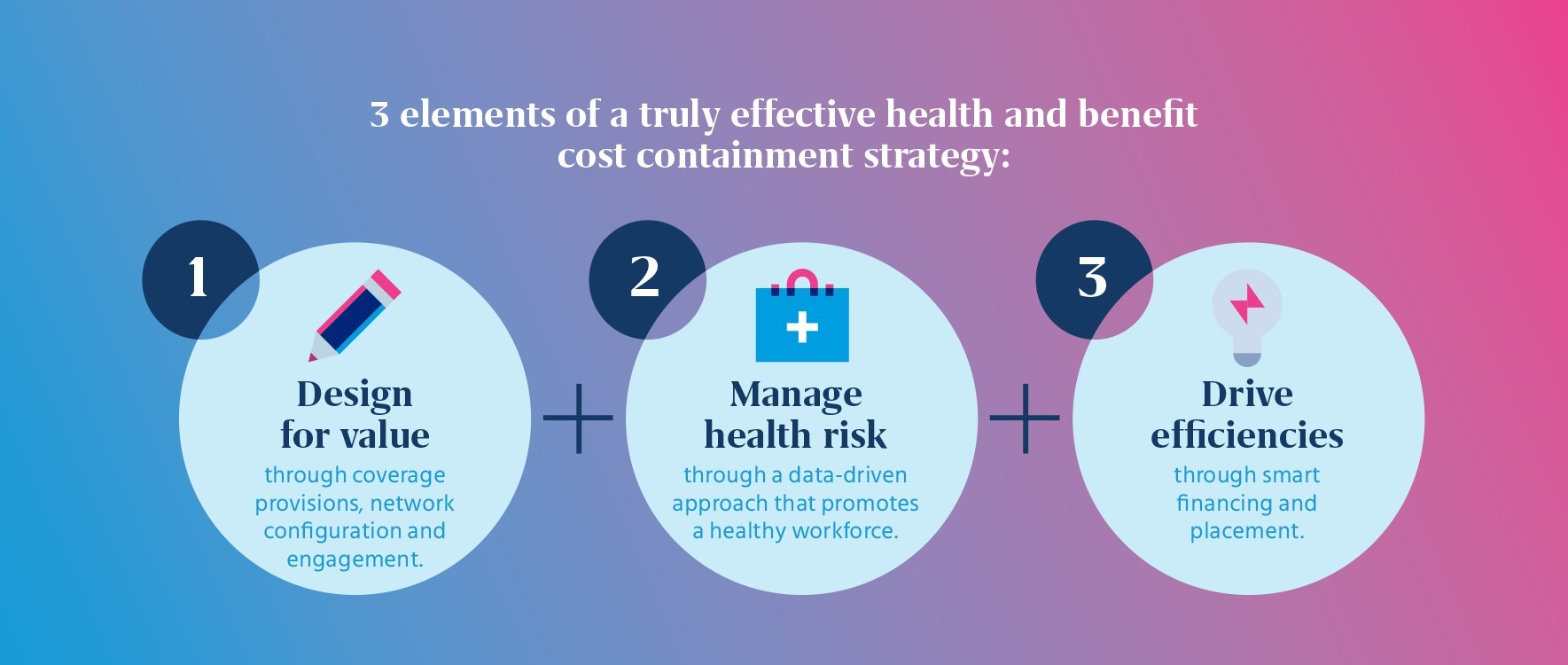The Employer Cost Dilema
Health and well-being plans have taken on increasing strategic importance — both from a duty-of-care perspective and for their ability to improve reputation, workplace productivity, employee engagement and retention.
Meanwhile, the variety and sophistication of products have grown, with many firms offering not just insurance benefits but also a broad range of physical, mental, social and financial well-being initiatives — even as the costs of employer-sponsored plans are soaring. In fact, on average, medical costs outpace general inflation by close to three times.
It is no surprise that employers have been looking for ways to both economize and improve efficiencies, placing increasingly expensive benefits plans on the chopping block. The COVID-19 pandemic has also intensified the need for cost containment. Lockdowns, business interruption, and economic slowdown have put business finances under significant pressure.
Balancing cost and empathy
But employees are particularly sensitive to changes in benefit levels, with many expecting employers to provide access to cutting-edge, best-in-market healthcare. Employers need to take quick action to modernize their benefits and optimize plan value to ensure they offer cost-effective plans that protect employee health.
So how can employers balance economics and empathy to provide a meaningful health program that is also cost-effective for the future?

Creating a cost-containment strategy
By proactively developing a cost-containment strategy, businesses will have a much easier time making the decisions necessary to ensure the financial sustainability of their health and well-being plans.
Proactive management should encompass three strategies for keeping costs under control:

To bend the curve, companies need multipronged and multiyear strategies that address these three points simultaneously. Businesses should be encouraging their insurers and advisors to think outside the box and challenge the status quo.
Employers that embrace this challenge will create cost-effective benefits programs that truly benefit employees. Those that do not will only control costs in the short term.

